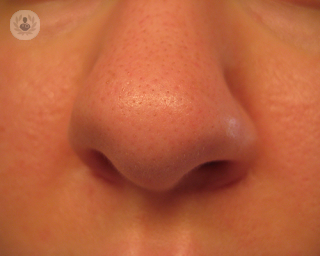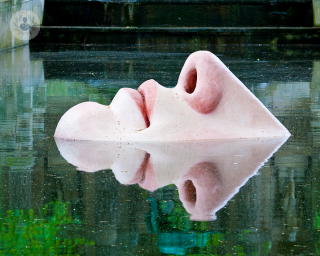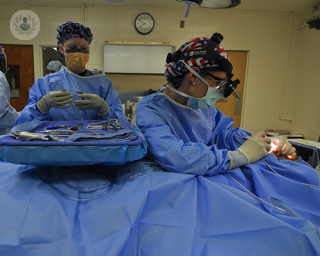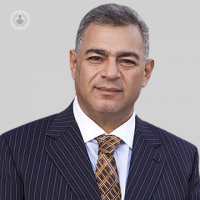Functional rhinoplasty
Mr William E. Grant - Otolaryngology / ENT
Created on: 01-21-2016
Updated on: 10-16-2023
Edited by: Carlota Pano
What is a functional rhinoplasty?
Functional rhinoplasty, sometimes known as septoplasty, is the operation of the nose designed to correct functional aspects of the nose. In contrast, a standard rhinoplasty is focused on improving the appearance of the nose. An operation to both improve the nose’s appearance and its function is known as a septorhinoplasty.
A functional rhinoplasty can be done under local or general anaesthesia, depending on the area to be treated.

Why is a functional rhinoplasty performed?
A functional rhinoplasty aims to restore breathing through the nose which may be resulting in sleep apnoea, pressure headaches, or a reduced sense of smell. This may be due to structural problems such as:
- trauma to the nose
- collapsed airways
- defects from birth
A functional rhinoplasty is also carried out in patients whose blockage is caused by inflammation of the sinuses or an upper airway infection, where their breathing has not been improved through conservative treatment.
What happens during functional rhinoplasty?
There are different kinds of functional rhinoplasty depending on what is causing the problem. A surgeon may need to operate on:
- The septum – the bone and cartilage that divides your nose into two halves. Surgery may involve realigning the septum.
- The nasal valves – surgery may involve keeping these nasal valves open using grafts.
- The turbinates – bones located in the nose, which may need reducing.
Preparing for functional rhinoplasty
Before surgery, you will meet with the specialist to inform them about your medical history and about any medication, herbs or drugs without a prescription that you are taking. You may have to stop taking any drug that makes it hard for blood to clot. You will not be able to eat or drink anything from the midnight on the night before surgery.
Post-operative care
After the operation you will usually be able to go home the same day. The doctor can cover both sides of the nose with cotton or fluffy materials to prevent nosebleeds. Normally, these plugs are removed after a day or a day and a half. Swelling and drainage may appear for a few days at the beginning, and you may be prescribed painkillers to take in the weeks after the operation.









